Maitland: Preliminary ATSB report released into fatal helicopter flight that killed Peter Weiland
A preliminary report into a crash which killed experienced pilot Peter Weiland has found the Jet Ranger helicopter veered wildly and circled for “20 minutes” before crashing into a riverbank.
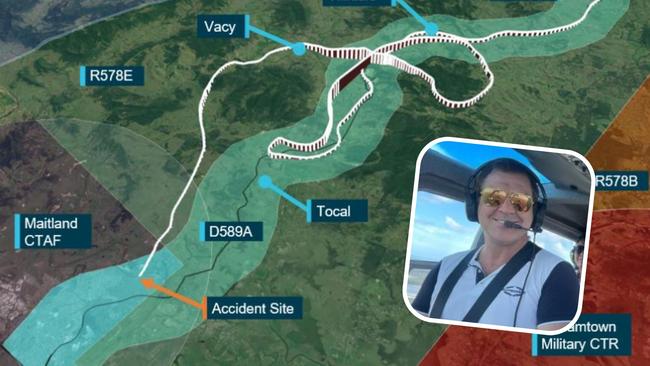
Central Coast
Don't miss out on the headlines from Central Coast. Followed categories will be added to My News.
One minute everything was “normal” as Jet Ranger helicopter VH-PHP tracked south towards Warnervale.
The next minute the 1970s chopper veered wildly 180 degrees and began climbing before descending rapidly to 120-feet (36.5m).
A preliminary report into the fatal crash which claimed the life of experienced pilot Peter Weiland, 51, has raised more questions than it has provided answers with the helicopter’s flight path over its final 20 minutes showing a chaotic series of right-hand turns, climbs and descents.
The Australian Transport Safety Bureau (ATSB) has released its preliminary report into the fatal crash on October 6 near Maitland Vale.
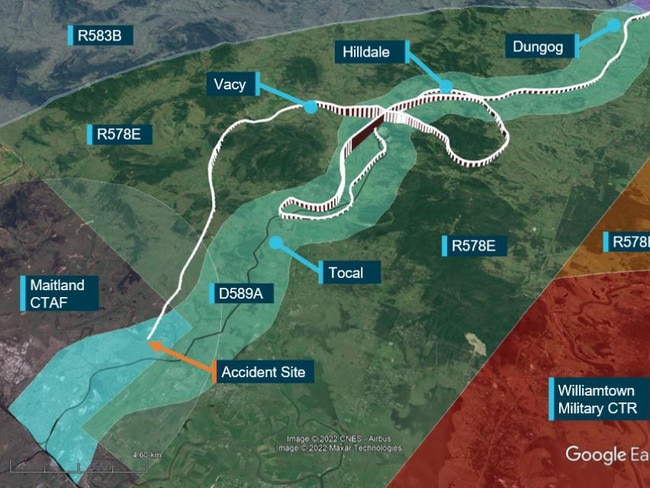
Mr Weiland was the pilot and sole occupant on board the Bell 206 Jet Ranger Helicopter which he was ferrying from Casino in northern NSW back to its owner — Australian Native Landscapes — at Warnervale following long-term repairs to hail damage and replacing “life‑expired” parts.
About two hours into the flight at 3.47pm as he was approaching Dungog, Mr Weiland got a call from a relative checking on his progress.
He reported the aircraft was flying well, operations were normal, and he was five minutes from Maitland and 20 minutes from Warnervale.
Less than 10 minutes later at 3.56pm the helicopter unexpectedly started to climb and conducted a right hand turn 180 degrees.
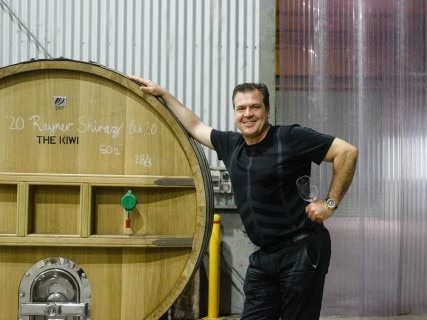
ATSB Director Transport Safety Stuart Macleod said the preliminary data showed Mr Weiland had been following the inland visual flight rules (VFR) lane west of Williamtown Airport.
The routine inland flight path tracks roughly along the east coast train line and allows pilots to visually fly below Williamtown’s restricted airspace.
However when Mr Weiland was approaching the township of Tocal things took an unexpected turn.
“Data showed that over the next 20 minutes, the helicopter conducted a number of turns, a climb up to 3100ft, and a descent to around 120ft above ground level, and exited and re-entered the VFR lane on a number of occasions,” Mr Macleod said.
“It was then observed by six witnesses, who reported it heading towards the Hunter River, descending slightly, and possibly initiating a turn when it rolled markedly and descended rapidly, colliding with the riverbank.”
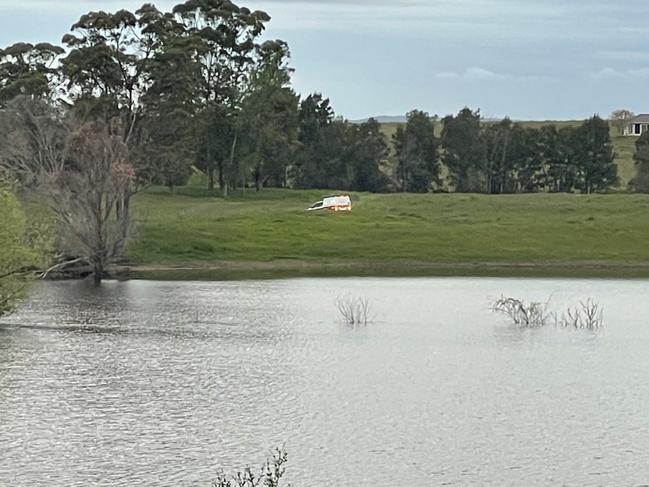
The preliminary report states the helicopter struck a tree on the riverbank, prior to hitting the ground at a right angle of about 80-degrees to the bank and a 60-degree nose down pitch.
ATSB investigators were able to account for all major aircraft components at the accident site, and examination of the aircraft’s flight controls, engine and structure did not identify any pre-existing defects.
Bureau of Meteorology data for Maitland Airport 15 minutes before the accident reported 8-knot winds with scattered cloud at 4000ft and 4500ft, and overcast cloud at 7800ft above the airport.
In short, favourable conditions for flying.
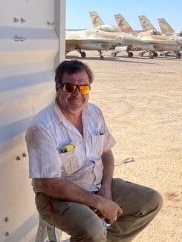
“To date, the ATSB has assessed the wreckage, interviewed witnesses and collected external data sources related to weather, air traffic communications, and flight tracking,” Mr Macleod said.
“Moving forward, the investigation will include further review and examination of aircraft maintenance documentation and operational records, recorded data, weather information, air traffic communications, and the pilot’s medical records, qualifications, and experience.”
A final report will be released at the conclusion of the investigation.
However Mr Macleod said if investigators discovered any “critical safety issue” during the process, the ATSB would immediately notify the industry for safety reasons.





